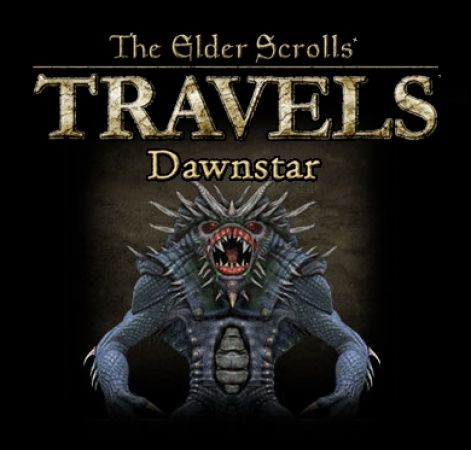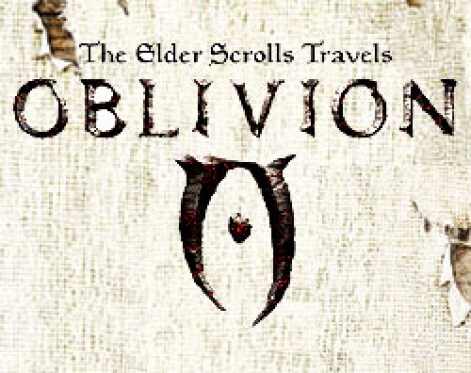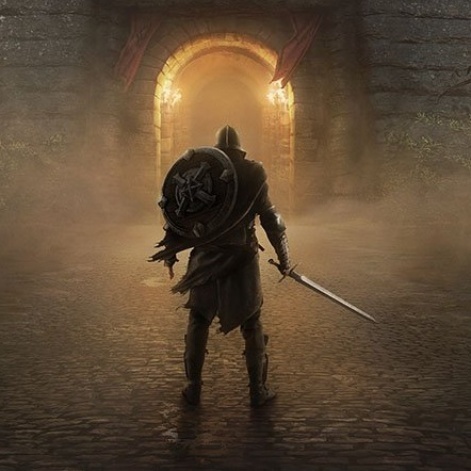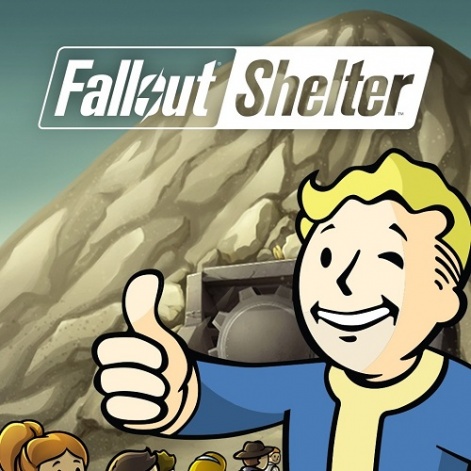Head of publishing at Bethesda Softworks, Pete Hines, is set to leave his role at the company after nearly 25 years.
Hines joined Bethesda in 1999, and was SVP of global marketing and communications before moving to his current role in October of 2022. His previous roles included stints as a writer and working in marketing before he joined the developer in time for the release of their landmark title, The Elder Scrolls 3: Morrowind. Now, after more than two decades in the business, Hines has announced his retirement on LinkedIn.
The 24 years that Hines spent at Bethesda covered a huge swathe of the company’s life, from the release of Morrowind, to the Elder Scrolls IV: Oblivion and Elder Scrolls V: Skyrim, all of which were considered landmark titles in the RPG genre.
Bethesda would also go on to reboot Interplay’s classic CRPG Fallout with Fallout 3, Fallout 4 and Fallout 76 - as well as handing the franchise to Obsidian Entertainment (which was formed by ex-Interplay employees) for the cult-hit game Fallout: New Vegas.
But, most importantly, Hines was on hand for Bethesda's break into the mobile genre.
Bringing it back to mobile
The first and most obvious example of Bethesda's breaking into mobile is The Elder Scrolls Travels, developed by Vir2l Studios.
Before the rise of smartphones TES Travels was a series of mobile games taking players the length and breadth of Tamriel (the world in which the Elder Scrolls takes place). Although small in scope - restricted to a single city or dungeon - they were the first major effort that Bethesda undertook to bring their series to mobile devices. The games in the series were Stormhold, Dawnstar, Shadowkey, and Oblivion. Shadowkey was only ever available on the ill-fated Nokia N-Gage, while Oblivion did it's best to break the mould, being a top-down RPG that hit many of the key points in the mainline game.

These early games are very much part of Elder Scrolls lore and Skyrim fans may recognise that Dawnstar was the first time the titular city appeared in a series title before it featured as one of many locations in The Elder Scrolls V.

It’s perhaps their most recent mobile efforts that have defined Bethesda’s foray into mobile. The Elder Scrolls Legends (Dire Wolf Digital, Sparkypants Studios) was a trading card game (which halted development in 2019) which alongside The Elder Scrolls: Blades sought to emulate Travels in bringing the world of Tamriel to mobile, but took vastly different directions.

All this plus Fallout and Doom too
And away from the world of Elder Scrolls, there’s Fallout Shelter which was released concurrently with Fallout 4. It was a bonafide success on its own and spawned many other competitors all inspired by the base-building and expedition-sending mechanics of the game. The Elder Scrolls: Castles, a recently announced successor, takes the action back to Tamriel, with similar mechanics and elements to Fallout Shelter.

More recently Bethesda has branched out further, with Mighty Doom, a top-down shooter take on the famous Id franchise being their latest release on mobile.





















